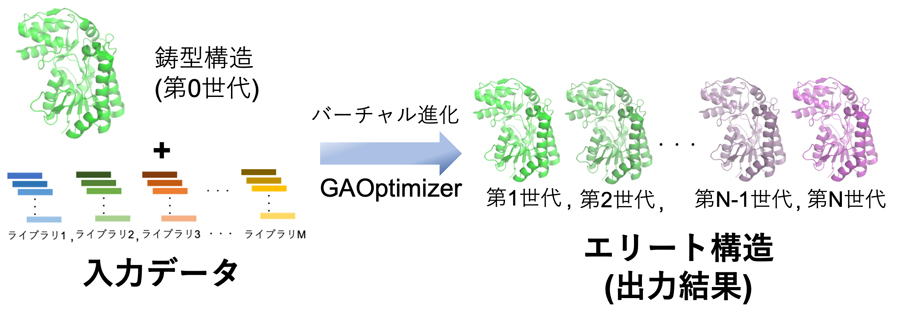2024-01-03 ペンシルベニア州立大学(PennState)
◆気象の異常も収穫量の変化に寄与しています。気候条件と土壌生産性が最も重要で、これにより蜂蜜生産の基準が設定され、土地利用、除草剤の使用、気象が年ごとの生産量に影響を与えることが示唆されました。気温や土壌の特性などの要因が蜂蜜生産に影響を与え、異なる地域で異なる植物が育つ可能性があるため、花が豊富な地域や風景を特定することが重要とされています。
<関連情報>
- https://www.psu.edu/news/agricultural-sciences/story/why-are-bees-making-less-honey-study-reveals-clues-five-decades-data/
- https://iopscience.iop.org/article/10.1088/1748-9326/acff0c/meta
花粉媒介者の栄養資源の空間的・時間的要因の検証:50年にわたるミツバチのコロニー生産性データからの証拠 Examining spatial and temporal drivers of pollinator nutritional resources: evidence from five decades of honey bee colony productivity data
Gabriela M Quinlan, David A W Miller and Christina M Grozinger
Environmental Research Letters Published 17 October 2023
DOI:10.1088/1748-9326/acff0c

Abstract
Pollinators are an essential component of terrestrial food webs and agricultural systems but are threatened by insufficient access to floral resources. Managed honey bees, as generalist foragers that hoard nectar as honey, can act as bioindicators of floral resources available to pollinators in a given landscape through their accumulation of honey. Honey yields across the United States have decreased appreciably since the 1990s, concurrent with shifts in climate, land-use, and large-scale pesticide application. While many factors can affect honey accumulation, this suggests that anthropogenic stressors may be having large-scale impacts on the floral resources that pollinators depend on for their nutrition. We used hierarchical partitioning on five decades of state-level data to parse the most important environmental factors and likely mechanisms associated with spatial and temporal variation in honey yields across the US. Climatic conditions and soil productivity were among the most important variables for estimating honey yields, with states in warm or cool regions with productive soils having the highest honey yields per colony. These findings suggest that foundational factors constrain pollinator habitat suitability and define ecoregions of low or high honey production. The most important temporally varying factors were change in herbicide use, land use (i.e. increase in intensive agriculture and reduction in land conservation programs that support pollinators) and annual weather anomalies. This study provides insights into the interplay between broad abiotic conditions and fine temporal variation on habitat suitability for honey bees and other pollinators. Our results also provide a baseline for investigating how these factors influence floral resource availability, which is essential to developing strategies for resilient plant–pollinator communities in the face of global change.


